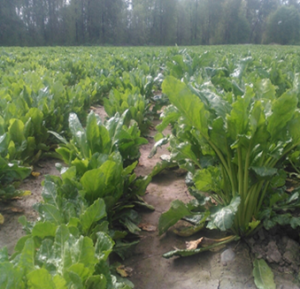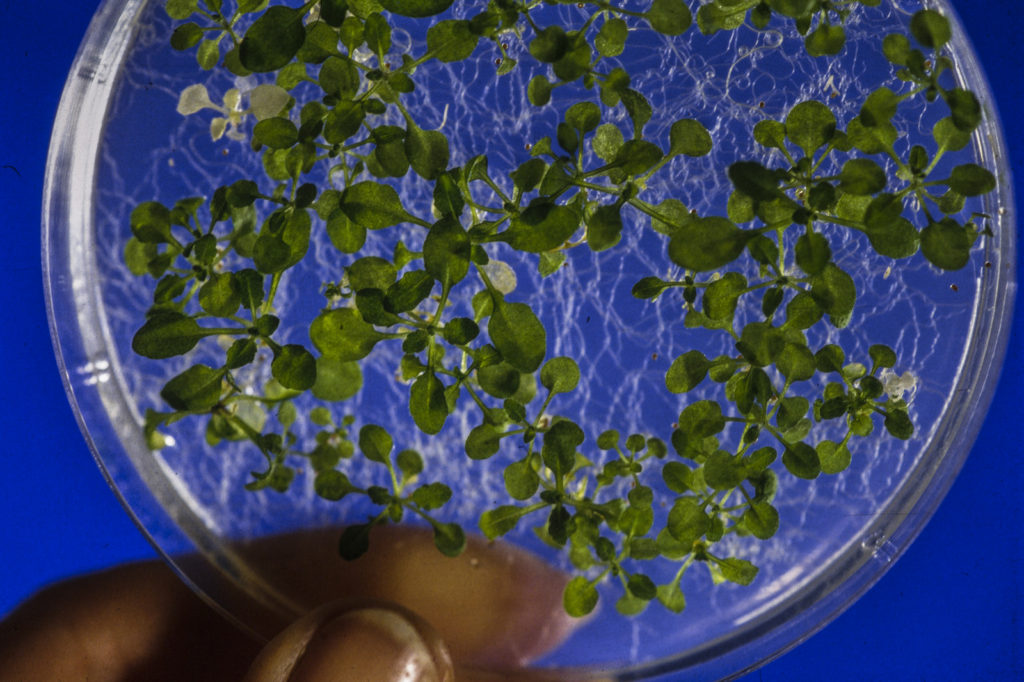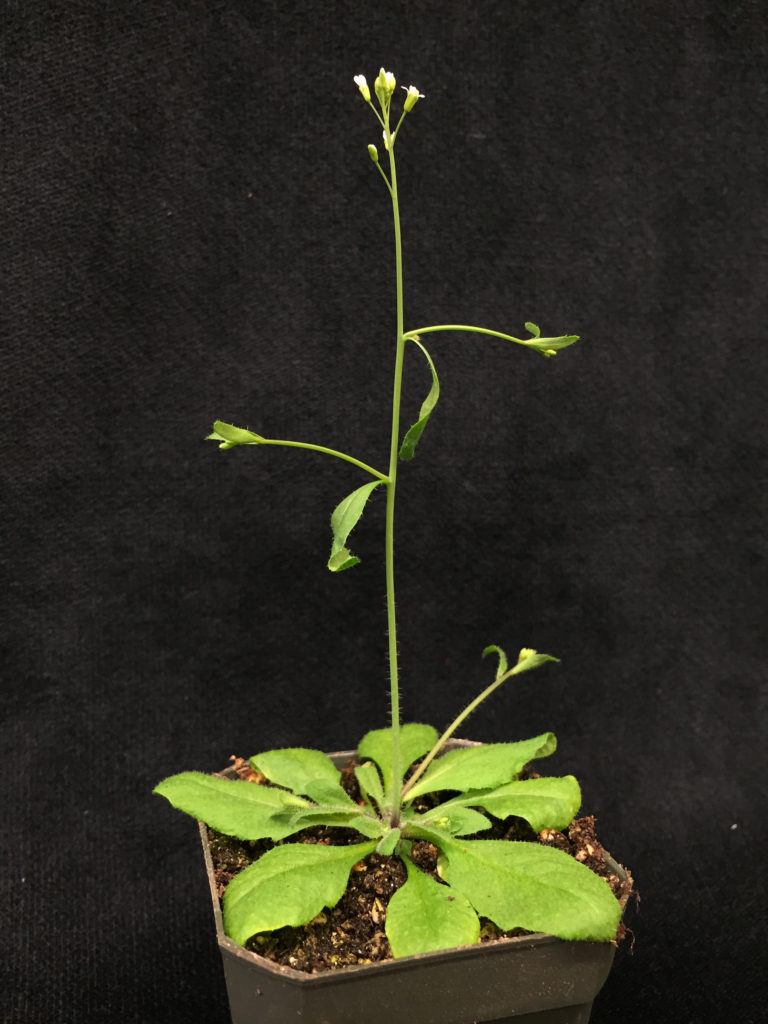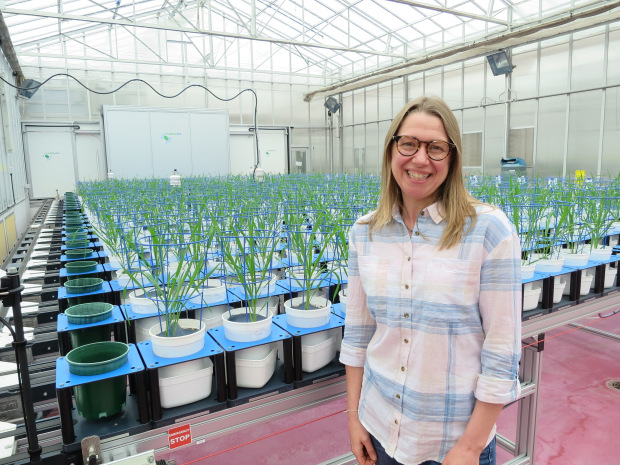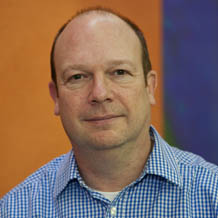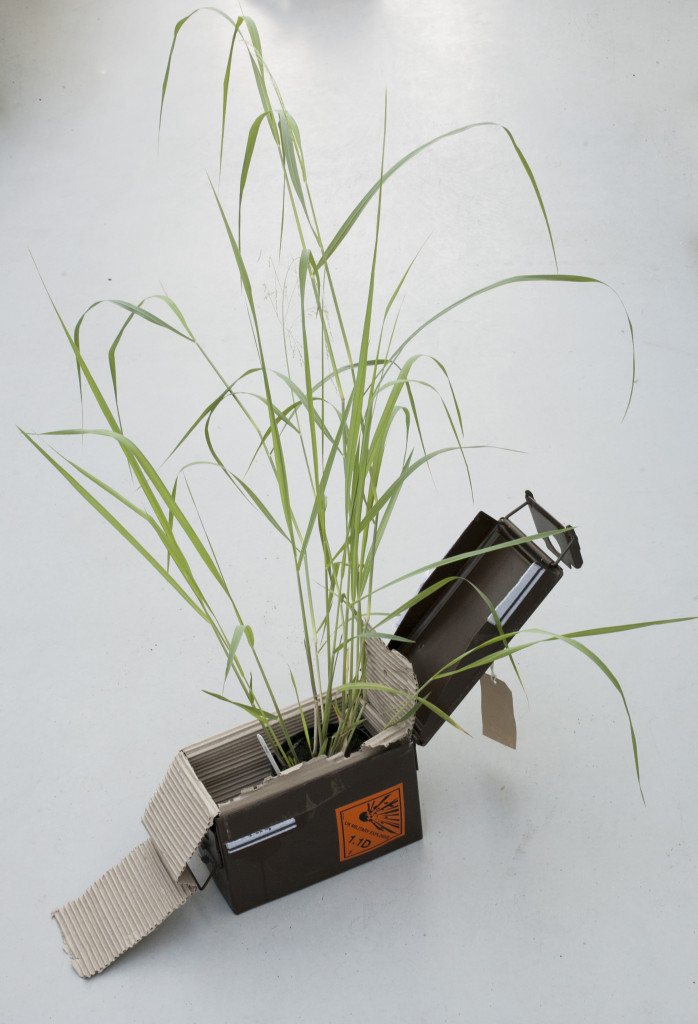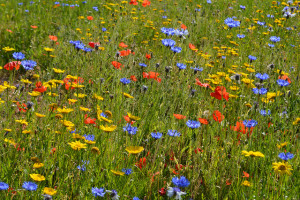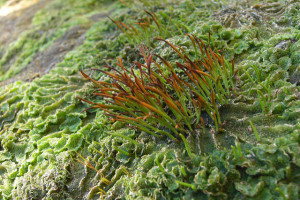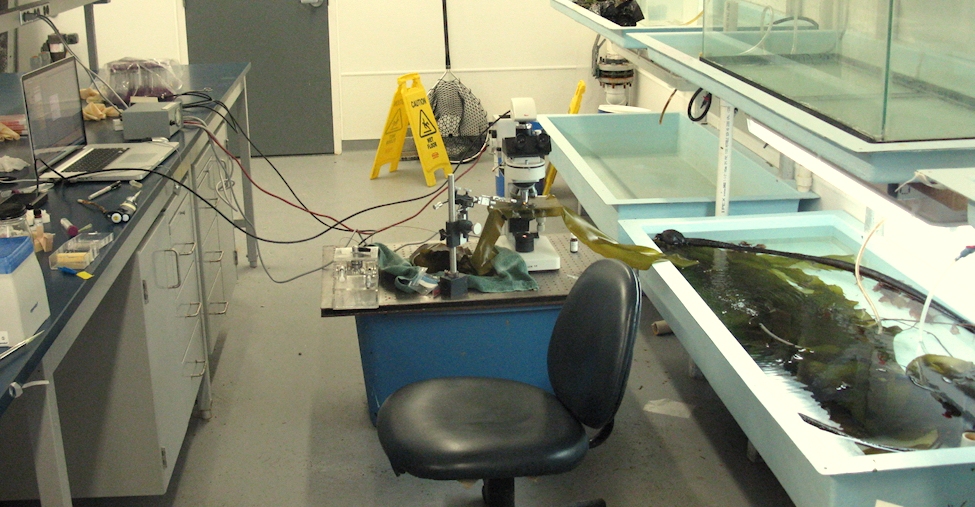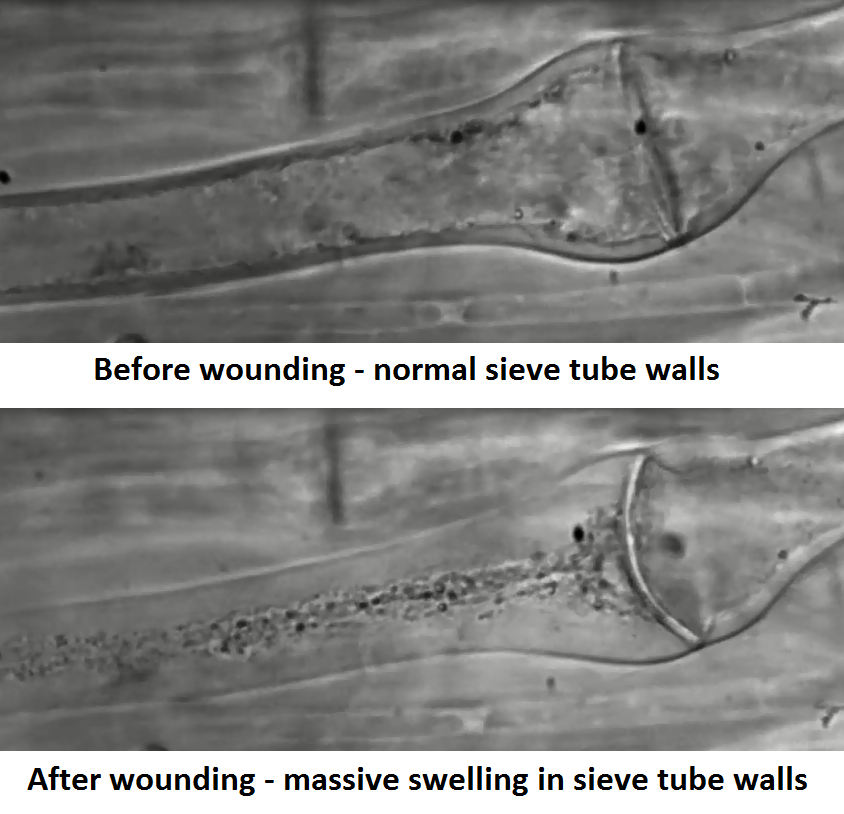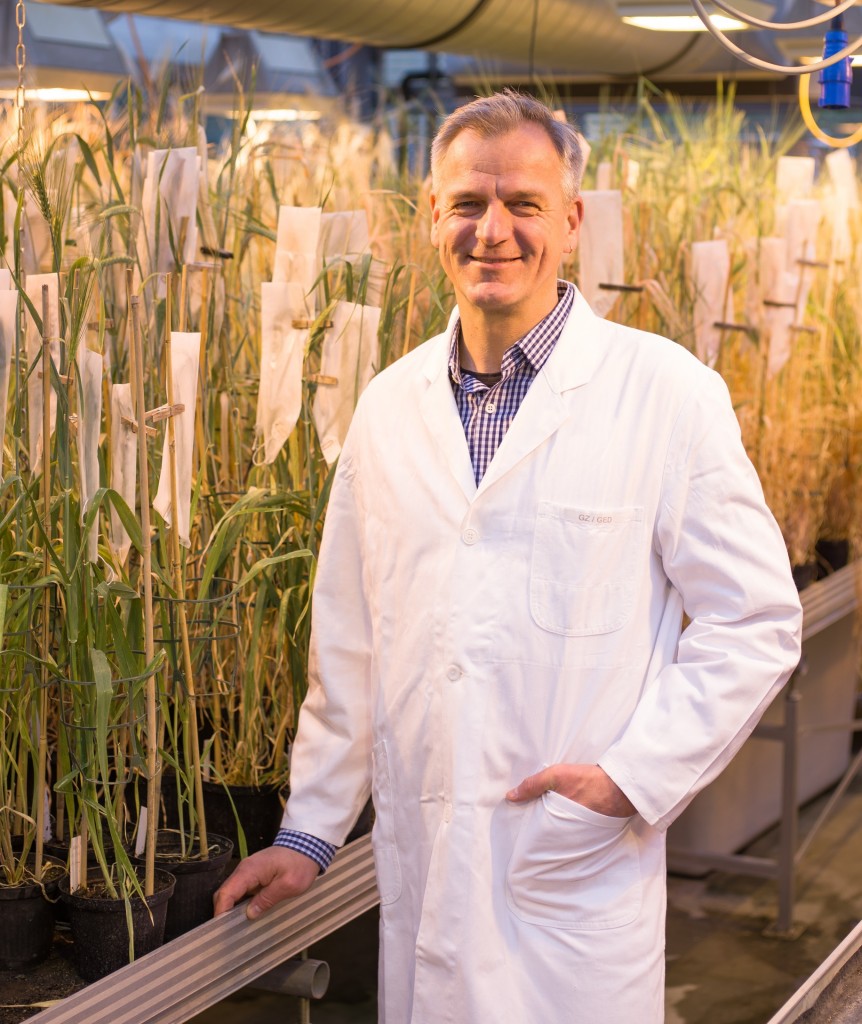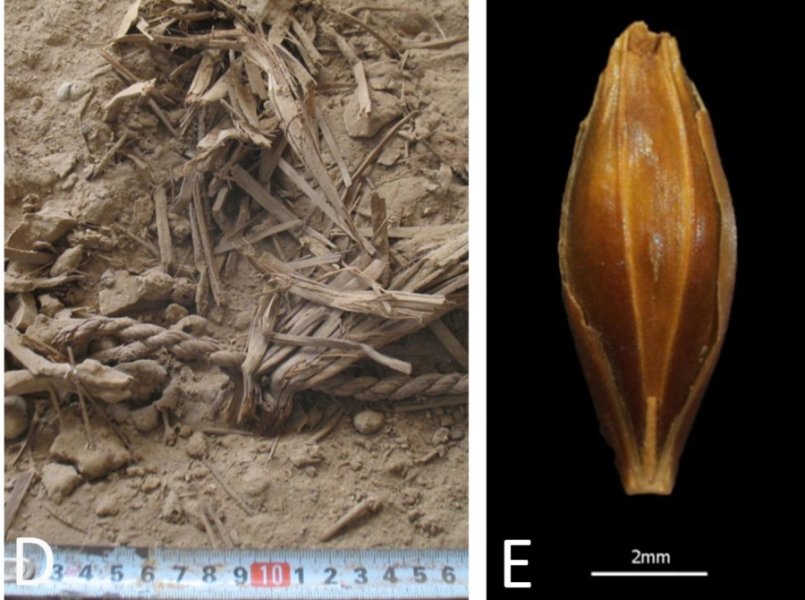 This week we spoke to Dr. Joe Cornelius, the Program Director at the Advanced Research Projects Agency – Energy (ARPA-E). His work focusses on bioenergy production and conversion as a renewable and sustainable energy source, transportation fuel, and chemical feedstock, applying innovations in biotechnology, genomics, metabolic engineering, molecular breeding, computational analytics, remote sensing, and precision robotics to improve biomass energy density, production intensity, and environmental impacts.
This week we spoke to Dr. Joe Cornelius, the Program Director at the Advanced Research Projects Agency – Energy (ARPA-E). His work focusses on bioenergy production and conversion as a renewable and sustainable energy source, transportation fuel, and chemical feedstock, applying innovations in biotechnology, genomics, metabolic engineering, molecular breeding, computational analytics, remote sensing, and precision robotics to improve biomass energy density, production intensity, and environmental impacts.
What is ARPA-E? How are programs created?
The Advanced Research Projects Agency-Energy (ARPA-E) is a young government agency in the U.S. Department of Energy. The agency is modeled on a successful Defense Department program, the Defense Advanced Research Projects Agency (DARPA). Both agencies target high-risk, high-reward research in early-stage technologies that are not yet ready for private-sector investment.
Program development is one of the unique characteristics of the agency. ARPA-E projects are in the hands of term-limited program directors, who develop a broad portfolio of concepts that could make a large impact in the agency’s three primary mission areas: energy security, energy efficiency, and emissions reductions. The agency motto is “Changing what’s possible”, and we are always asking ourselves, “if it works, will it matter?”. Getting a program approved is a lot like a doing a PhD; you survey the field, host a workshop, determine key points to research, define aggressive performance metrics, and finally defend the idea to the faculty. If the idea passes muster, the agency makes a targeted investment. This flexibility was recently noticed as one of the great aspects of ARPA-E culture and is an exciting part of the job.
What is TERRA and how is it new for agriculture?
TERRA stands for Transportation Energy Resources from Renewable Agriculture, and its impact mission is to accelerate genetic gains in plant breeding. This is an advanced analytics platform for plant breeding. Today, significant scientific progress is possible through the convergence of diverse technologies, and TERRA’s innovation for breeders comes through the integration of remote sensing, computer vision, analytics, and genetics. The teams are using robots to carry cameras to the field and then extracting phenotypes and performing gene linkages. It’s really awesome to see.
This is run by the U.S. Department of Energy. How does TERRA tie into energy?
The United States has a great potential to generate biomass for conversion to cellulosic ethanol, but the crops useful for producing this biomass have not seen the improvement that others, such as soybeans or maize, have had. TERRA is focused on sorghum, which is a productive and resilient crop with existing commercial infrastructure that can yield advanced biomass on marginal lands. In addition, sorghum is a key food and feed crop, and the rest of the world will benefit from these advancements.
How does TERRA address the challenge of phenotyping in the field?
The real challenges that remain are in calibrating the sensor output and generating biological insight. A colleague from the United Kingdom, Tony Pridmore, captured the thought well, saying “Photography is not phenotying.” It’s generally easy to take the pictures — unless it’s very windy, the aerial platforms can pass over any crop, and the ground platforms are based on proven agricultural equipment. To get biological insights however, each team requires an analytics component, and a team from IBM is contributing their analytics expertise in collaboration with Purdue University.
What is most exciting about the TERRA program?
We commissioned the world’s biggest agricultural field robot, which phenotypes year-round. The six teams have successfully built other lightweight platforms involving tractors, rovers, mini-bots, and fixed and rotary wing unmanned aerial vehicles. It’s exciting to see some of the most advanced technologies move so quickly into the hands of great geneticists. The amazing thing is how quickly the teams have started generating phenotyping data. I expected it to take years before we got to this point, but the teams are knocking it out of the park, and we are entering into full-blown breeding systems deployment.
Who’s on the TERRA teams? How did you build the program?
ARPA-E system teams include large businesses, startups, and university groups. The program was built to have a full portfolio of diverse sensor suites, robotic platform types (ground and aerial), analytics approaches, and geographic breadth. Because breeders are working for a particular target population of environments, different phenotypes are valued differently across the various geographies. For that reason, each group is collecting its own set of phenotypes. Beyond that, we’ve worked very hard to encourage collaboration across the teams and have an exciting GxE (genotype x environment) experiment running, where several teams plant the same germplasm across multiple geographies. By combining this with high-throughput phenotyping, the teams are in a good position to determine key environmental inputs to various traits.
Once we achieve rapid-fire field phenotyping, what’s next?
We’re going underground! ARPA-E has made another targeted investment, this time in root phenotyping. We’re really excited about this one. It’s a very similar concept, but the sensing is so much harder. The teams have collaborated with medical, mining, aerospace, and defense communities for technologies that can allow us to observe root and soil systems in the field to allow breeders to improve crops. Ask us again next year—we will have some cool updates to both programs!




